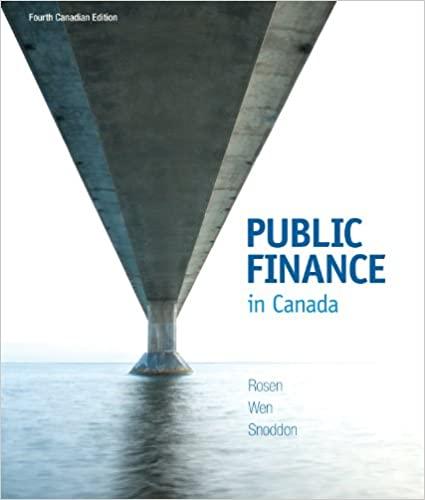
Problem: Renegotiation and Debt Overhang Consider a firm with a risk-neutral entrepreneur that has assets in place and debt with face value K = 110, due at date t = 1. The assets in place generate at t = 1 a random, verifiable cash flow X E {90, 130} with Pr(X = 90) = Pr(X = 130) = . In addition, the firm has an investment opportunity. The investment requires an outlay F = 10 at date t = 0 and generates an additional return Y with certainty at date t = 1. There is no discounting (all risk is diversifiable and the risk-free rate is zero). Finally, the entrepreneur is protected by limited liability and has personal wealth W > F that is not invested in the firm and may thus be used to finance the investment outlay F. 1. Suppose that the new investment can be undertaken as a separate project, e.g., the entrepreneur can set up a new firm which carries out the investment project. State the condition under which the project is undertaken. 2. From now on assume that the project has to be undertaken inside the existing firm, i.e., that the cash flow of the investment cannot be separated from that of the assets in place. State the condition(s) under which the project is undertaken in the absence of renegotiation. Explain. 3. From now on assume that Y E (10, 20). Suppose that the initial face value of debt K can be renegotiated prior to the investment decision. Assume also that the new face value K' is conditional on the investment taking place. That is, the investment decision is verifiable, and the initial face value of debt is valid if the investment is not undertaken. Show (by example) that successful renegotiation and debt forgiveness K' - K can be Pareto-improving (that is, a scenario can be Pareto-improving if and only if some agent(s) can be made strictly better off without making any agent worse off). 1 4. Can renegotiation restore first-best incentives (that is, we are in the first-best sce- nario if and only if all investment projects with a positive NPV are undertaken)? Problem: Renegotiation and Debt Overhang Consider a firm with a risk-neutral entrepreneur that has assets in place and debt with face value K = 110, due at date t = 1. The assets in place generate at t = 1 a random, verifiable cash flow X E {90, 130} with Pr(X = 90) = Pr(X = 130) = . In addition, the firm has an investment opportunity. The investment requires an outlay F = 10 at date t = 0 and generates an additional return Y with certainty at date t = 1. There is no discounting (all risk is diversifiable and the risk-free rate is zero). Finally, the entrepreneur is protected by limited liability and has personal wealth W > F that is not invested in the firm and may thus be used to finance the investment outlay F. 1. Suppose that the new investment can be undertaken as a separate project, e.g., the entrepreneur can set up a new firm which carries out the investment project. State the condition under which the project is undertaken. 2. From now on assume that the project has to be undertaken inside the existing firm, i.e., that the cash flow of the investment cannot be separated from that of the assets in place. State the condition(s) under which the project is undertaken in the absence of renegotiation. Explain. 3. From now on assume that Y E (10, 20). Suppose that the initial face value of debt K can be renegotiated prior to the investment decision. Assume also that the new face value K' is conditional on the investment taking place. That is, the investment decision is verifiable, and the initial face value of debt is valid if the investment is not undertaken. Show (by example) that successful renegotiation and debt forgiveness K' - K can be Pareto-improving (that is, a scenario can be Pareto-improving if and only if some agent(s) can be made strictly better off without making any agent worse off). 1 4. Can renegotiation restore first-best incentives (that is, we are in the first-best sce- nario if and only if all investment projects with a positive NPV are undertaken)







